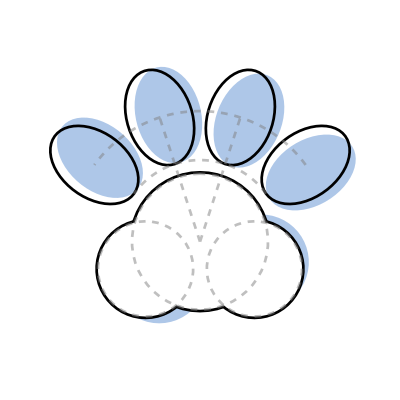Building Blocks
Diagramatics provides a set of basic building blocks for creating diagrams. These arepolygon, curve, text, and image.
polygon (
points
:
Vector2[] )
:
Diagram
curve (
points
:
Vector2[] )
:
Diagram
text (
str
:
string )
:
Diagram
image (
src
:
string , width
:
number , height
:
number )
:
Diagram
Basic Shapes
Diagramatics also provides a set of basic shapes for creating diagrams.rectangle (
width
:
number , height
:
number )
:
Diagram
square (
sidelength
:
number = 1 )
:
Diagram
rectangle_corner (
bottomleft
:
Vector2 , topright
:
Vector2 )
:
Diagram
regular_polygon (
sides
:
number , radius
:
number )
:
Diagram
regular_polygon_side (
sides
:
number , sidelength
:
number )
:
Diagram
circle (
radius
:
number = 1 )
:
Diagram
line (
start
:
Vector2 , end
:
Vector2 )
:
Diagram
arc (
radius
:
number = 1 , angle
:
number )
:
Diagram
arrow (
vector
:
Vector2 , headsize
:
number = 1 )
:
Diagram
arrow1 (
start
:
Vector2 , end
:
Vector2 , headsize
:
number = 1 )
:
Diagram
arrow2 (
start
:
Vector2 , end
:
Vector2 , headsize
:
number = 1 )
:
Diagram
textvar (
str
:
string )
:
Diagram
Combining Diagram
diagram_combine (
...diagrams
:
Diagram[] )
:
Diagram
Diagram.combine method which does the same thing
Diagram.combine (
...diagrams
:
Diagram[] )
:
Diagram
Diagram object using Diagram.children Diagram.children : Diagram[]
